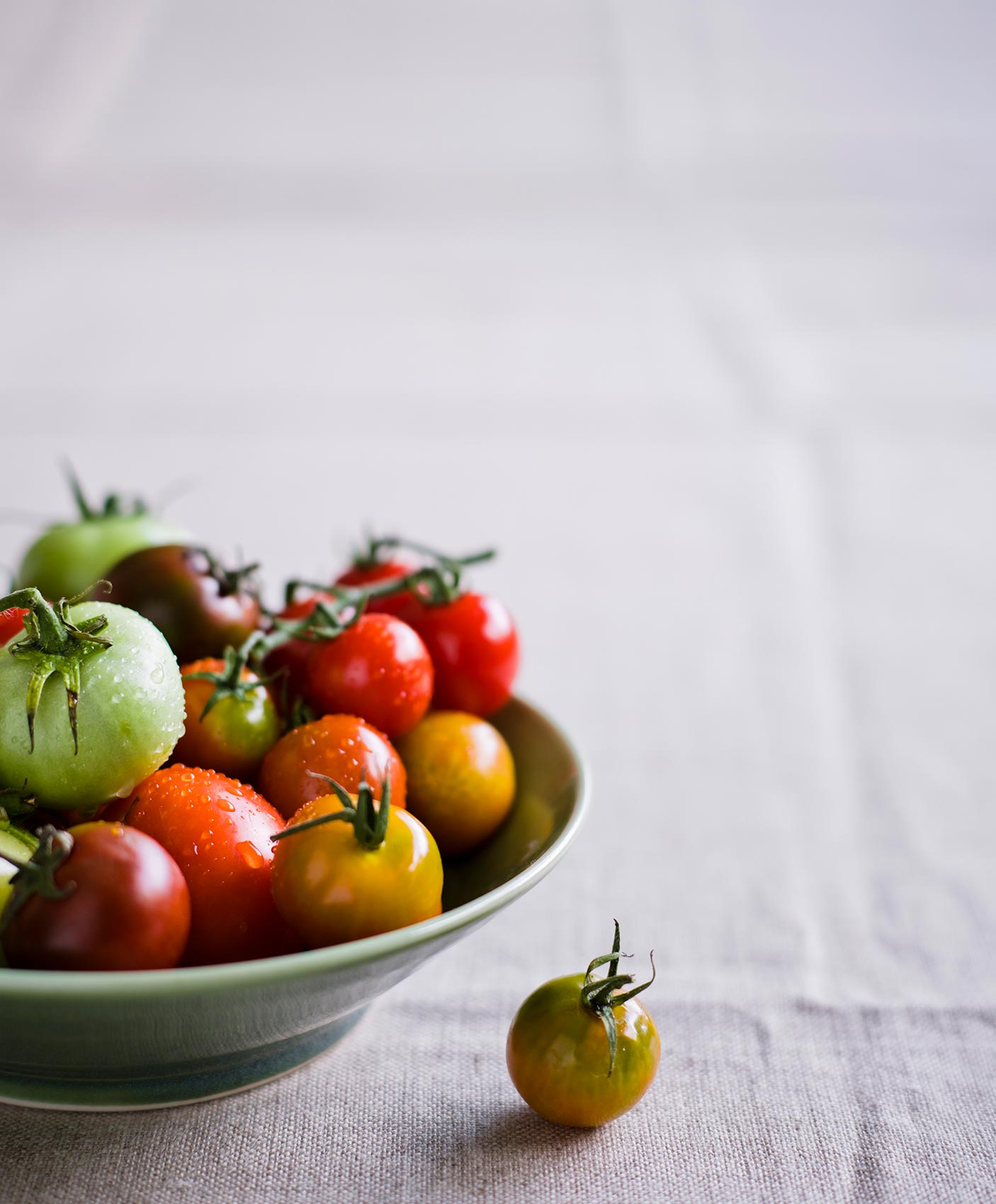Preserving nutrients in your cooking

You may have heard that steaming is better than boiling if you want to preserve the nutrients in your food. But is that true and, if so, why?
Well, it is true, but it only tells part of the story. To understand the full picture, you need to know that different nutrients are sensitive to different things.
Some are particularly sensitive to heat, others to oxygen, others to light and so on. This list below explains:
- Easily destroyed by heat: Vitamin B1 (thiamin), Vitamin C, folate, Vitamin B6, Vitamin E, Omega-3 fats
- Easily destroyed by oxygen: (losses occur when foods are Vitamin C, folate, Vitamin E, Omega-3 fats cut up, processed and stored)
- Easily destroyed by light: Vitamin B2 (riboflavin), Omega-3 fats
- Easily destroyed by microwave cooking: Vitamin B12
- Easily lost in cooking liquid: Water soluble vitamins: B group vitamins (including folate) and Vitamin C
So, for example, while microwave cooking with little or no water is definitely better than boiling for preserving vitamin C, it’s not so good for preserving the vitamin B12 found in animal products. Also, although the water soluble vitamins do leach out into cooking liquid, that’s less worrying when you plan to drink that cooking liquid, as you do when you have a soup or casserole. Of course, the heat will destroy some of them, but at least you won’t throw any survivors down the sink.
As for the minerals, they’re more resistant to cooking than the vitamins. For instance, according to nutrient retention data published by the US Department of Agriculture, while a baked potato retains 100% of its iron and calcium, it loses 20% of its vitamin C and 10% of its folate. However, minerals also leach out into cooking liquid, which is another reason it’s best to cook in liquid only if you intend to hang onto it. In fact, one reason many Asian cultures have surprisingly good calcium levels despite the fact they don’t tend to eat much dairy food is because they often make stocks from slow-cooked, cracked bones. The calcium from those bones leaches out into the stock, which is then eaten.
How to maximise the nutrients in your food
+ When cooking vegetables, go for steaming, microwaving (using as little water as possible) or stir-frying, instead of boiling.
+ Try to avoid cooking for long periods at high heats.
+ Cut up fruit just before eating. And if you’ve squeezed a fresh juice, drink it straight away.
+ Don’t overcook fruit and vegetables – cook until just crisp tender.
+ Store most fruit and vegetables in the fridge, rather than on the benchtop (tomatoes are one exception – the cold interferes with their lovely flavour).
+ Seeds and nuts should also be kept in the fridge to stop them from turning rancid.
+ When cooking with linseeds and other seeds high in Omega-3 fats, minimise their exposure to heat – for example, sprinkle over porridge just before eating, don’t add at the beginning of cooking.
+ Buy produce as fresh as possible and eat soon after buying. Local, in-season produce will likely be fresher than food that has travelled long distances.
+ Go for home-cooked over manufactured. Although some manufacturers are now using advanced technology that allows for substantial preservation of nutrients, most won’t do as good a job as you on this front.